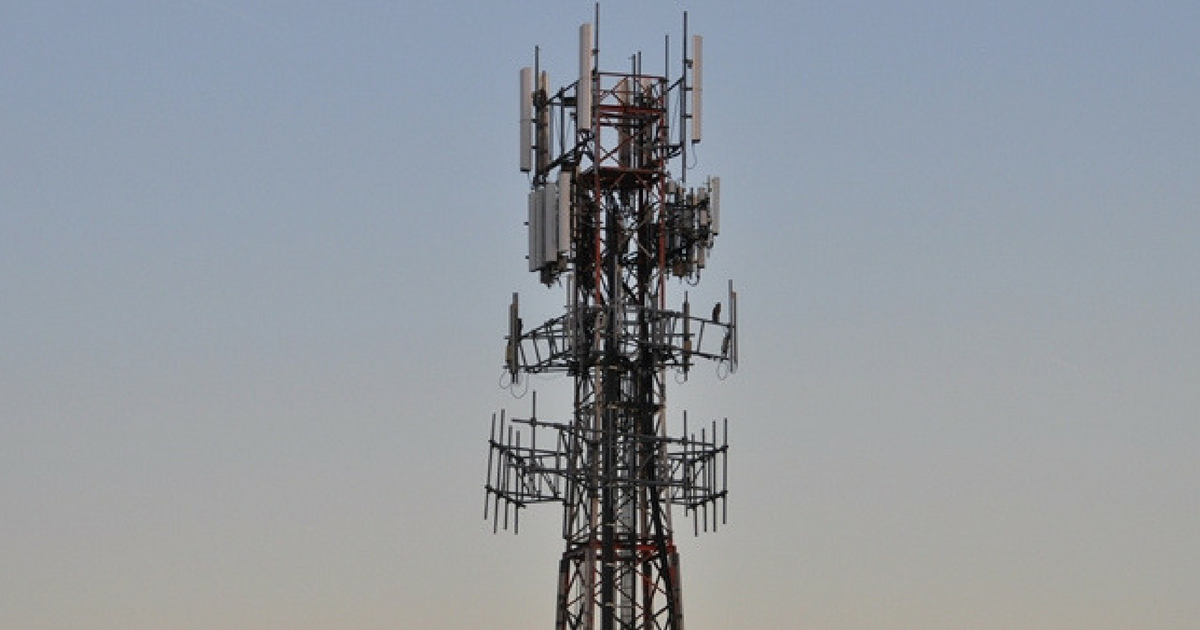If you've ever been through a town, you may have seen tiny 5G cell towers on street light poles. They look like small boxes however they're actually sending wireless signals from cell phone providers to your phone.
The smaller ones are being replaced by larger built cell towers. While they're not as noticeable however, they could cause problems for people.
The of the FCC's Radiation Exposure Thresholds
The FCC's Radiation Exposure Thresholds define the safe limit at which a person can be exposed to electromagnetic radiation from wireless devices. The limits for exposure are based on scientific data that prove that electromagnetic energy can be harmful to human health.
what is a safe distance from a 5g cell tower (SAR) is an indicator of the radiofrequency energy that is absorption by tissues. It's usually 1.6 milliwatts per kilogram spread over a Gram of tissue.

Since 5g is able to transmit at higher frequencies this could be able to create more energy on the skin and other exposed body parts. This can lead to various possible harms, like the formation of skin disorders such as dermatitis, skin cancer and cataracts.
Due to the potential for severe effects of 5g radiation, PSU has chosen to establish a general, localized limits on power density, which is 4mW/cm2 averaged across 1 centimeter, and not to exceed 30 minutes, for the entire 5G spectrum at 3000 GHz. This localized limit is in accordance with the peak SAR that is spatially averaged at 1.6 W/kg, averaged over one g of tissue at 6 GHz.
The FCC's Maximum Exposure Thresholds
If you've ever used a mobile phone, you probably know that a safe distance from the tower should be at least 400 meters. This is due to the power of transmission from the cell tower is significantly increased the further away you are from it.
Although this may sound like something that's good but the truth is that those living close to towers might be more prone to health issues. For instance, a study conducted in 2014 in India discovered that those who lived within 50 meters of cell towers had significantly more health complaints than those who lived farther far from antennas.
safe distance to live from cell phone tower found that people who moved into areas farther away from cell towers experienced their symptoms return to normal within a couple of days. Studies have also shown that exposure to high amounts of electromagnetic field radiofrequency (EMFs) can cause brain tumors, cancer as well as other health issues.
This is due to the fact that radiofrequency radiation, used in wireless communications, may penetrate the human body's outer layer of skin. It is crucial to know since the skin serves as a protective barrier against mechanical injury, infection from pathogenic microorganisms, as well as infiltration of toxic substances. The skin is the largest organ of the human body and is responsible for protecting other organs.
The FCC's Minimum Exposure Thresholds
The FCC's Minimum Exposition Thresholds depend on a variety of assumptions that aren't supported by scientific research. They include the false belief that exposures to RF radiation are safe due to minimal absorption into body (i.e. the heating of tissues).
The assumption also ignores the deeper penetration of the ELF components of modulated RF signals as well as the consequences of brief bursts of heat from pulsed RF waves. These assumptions do not correspond with current understanding of the biological consequences of RF radiation, and thus they should not be used for health protective exposure standards.
In safe distance to live from cell phone tower there is the fact that both ICNIRP and FCC are limiting their exposure limits to local peak SARs, based on the maximum frequency of absorption (psSAR), which can be described as not a sufficient dosimetric tool for determining the level of exposure to RF radiation. Particularly, psSAR is inaccurate for frequencies above 6 GHz. In addition, psSAR is not been tested for RF radiation with co-exposure to other environmental agents , such as sunlight. Interactions of RF radiation with other environmental agents may cause synergistic or antagonistic effects. This would result in an increased risk of negative health effects. For instance, exposure to RF radiation and sunlight could cause an increase in the incidence of developing skin cancer, and may also exacerbate other skin conditions like acne.
